Amstrad Mega PC
The Amstrad Mega PC, released in 1993, was the first and last ever IBM-PC and games console hybrid. This bizarre curiosity combined a fully functional PC with a Mega Drive. This is the only Mega Drive system that uses a VGA monitor for display. The music also sounds a little different from a normal Mega Drive.
The first version of the hybrid system had the following PC specs:
25mhz 386
1mb of RAM
40mb hard disk
Ad-lib sound
SVGA graphics.
Running windows 3.11 as standard.
A simple ISA card with a ribbon connector for VGA and sound internally connects the Mega Drive to the PC hardware.
Accessories
With the Mega PC came a PS/2 Keyboard, 2 button PS/2 Mouse, a custom PC Beige colour Megadrive joypad exclusive to the Mega PC and a 2 button analogue joystick.
Software
The system shipped with rudimentary software, MS-DOS 5.0 and something called Counterpoint, which is a basic GUI that allows you to assign icons to DOS programs. Made by Amstrad, it is an ugly, limited piece of software but performs its task of simplifying running games fairly well. Amstrad would revise this program for the later 486 edition of the machine. The Mega PC is a gamers' machine at heart, no office applications are included.
Guts
The technical section starts here, so brace yourselves. In one of the pictures what you can see is the custom 65watt AT PSU, which can accept anything between 100v and 240v. It is unusually long, thin and nice and shiny.
The brown PCB are the mouse and keyboard connectors. Amstrad thought it would be nice to have those on the bottom of the case inside a little hole for some reason.
The green rectangular PCB at the back is a volume control, which seems strange as there is a volume control on the front too.
The Floppy drive is a normal 3.5 inch drive, witch should give an idea of the extremely compact size of the system unit.
Underneath it is the whopping 40mb hard disk and then the motherboard.
The metal bar in the middle supports the ISA riser card, which has two whole slots, one of which is used by the Mega Drive card. This has a tiny ribbon cable connecting it to the motherboard, a headphone socket on the bottom left and the Midi / Joystick port above it. The top slot is free and could be used for a network card, a modem or whatever you want to put in there. The 4 white connectors you can see peeping out under the Mega Drive card are the RAM sockets, 4 30 pin SIMM sockets each with 1mb SIMMS.
A close up of the Megad Drive card. As well as running the games it doubles as an ad-llib soundcard for the PC. In the middle is the Motorola 68000, the CPU of the Mega Drive, next to it a chip with SEGA written on it, probably a graphics chip of some kind. Above the CPU are a couple of RAM chips, and to the left of the CPU is an interesting connector. This is actually an expansion connector for the Mega CD. On the front of the case there is a plastic cover you can remove to get to this connector, so you can actually connect a Mega PC to a Mega CD. You do however need a custom cable which is mentioned in the manual. These cables are exceptionally rare however.
Nothing really special at the back, power switch, 2 COM ports, a Parallel port, VGA port, speaker/headphone socket, joystick/midi port, additional volume control, power in and power out. The button on the back of the monitor is the power button.
They didn't have such a thing as logic in 1993 it seems, so the two power controls are at the back of the unit, next to the WARNING! HIGH VOLTAGE signs... Obviously.
Quirks
This computer has a few interesting little quirks which make it unique and charming. Apart from the ones already mentioned, two volume controls, weird keyboard and mouse connectors etc.
Dual operating capability: You can boot the PC, switch over to Mega Drive mode, then flip back to PC mode after you've finished your game and switch back, the PC will still be running whichever program you left it at, despite the manual saying you can't do that.
Monitor Speakers: The Speakers built into the monitor do not use any extra cables to connect them to the PC, the monitor uses some of the extra pins on the VGA connector for sound.
Tiny form factor: Way before the current trend for shoehorning computers into tiny spaces, Amstrad made their base unit about the size of an Xbox or "Media Center" PC. Unfortunately that meant there was only one expansion slot though.
A 486 based Mega PC was also released with a 33MHz system.
|
|
|
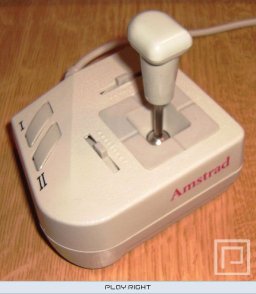
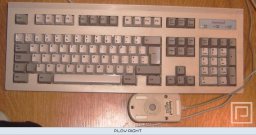
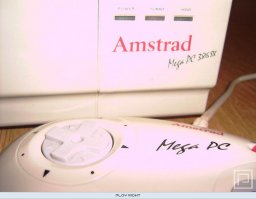

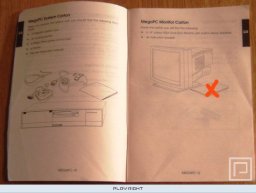
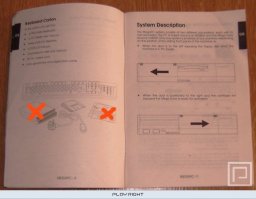
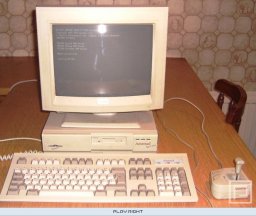
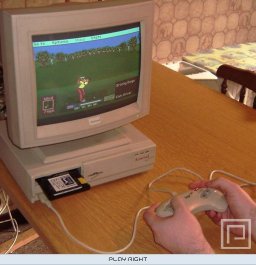
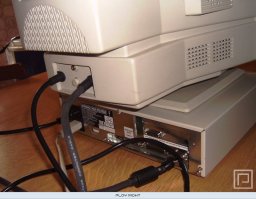
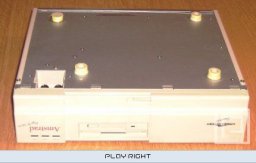
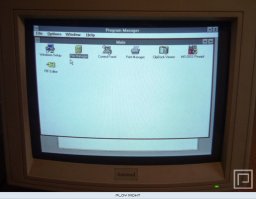
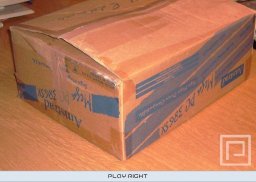
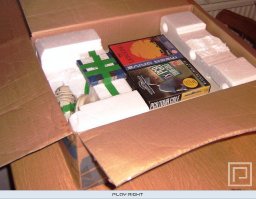
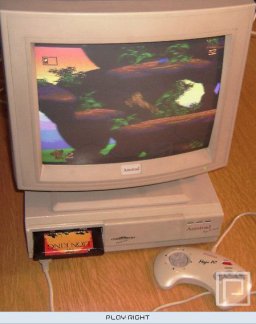
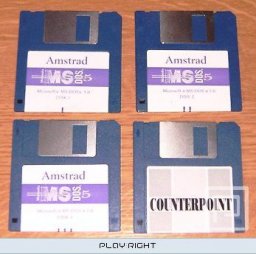
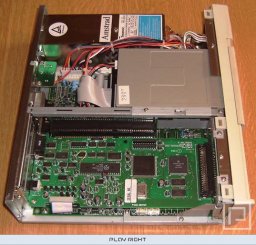
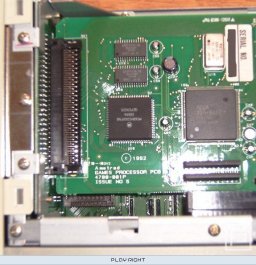
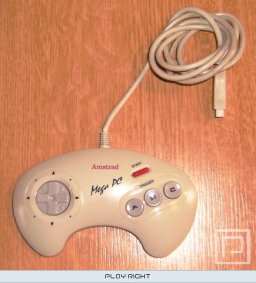

 copyright Play:Right 2002-2024
copyright Play:Right 2002-2024